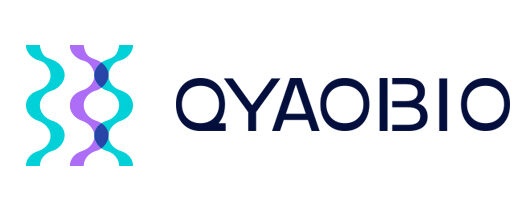Caerulein
Caerulein, also known as ceruletide, is a decapeptide with the sequence Pyr-Gln-Asp-Tyr(SO3H)-Thr-Gly-Trp-Met-Asp-Phe-NH2. Owing to its capacity to induce the release of astric and pancreatic juices from other experimental animals, ceruletide was first purified and identified from the skin of the Australian frog (Hyla caerulea). Caerulein shares many similarities with cholecystokinin, a family of gastrin-type hormones. The secretion of gastric, biliary and pancreatic was stimulated by Caerulein, which can utilized as a diagnostic test in pancreatic malfunctions.
Caerulein is able to exert its actions through both CCK1 and CCK2 receptors. Smooth muscle contraction is directly caused by CCK1 receptor binding. Caerulein interacts to CCK2 receptors on pancreatic delta cells and triggers the secretion of pancreatic juice. In mammals, it produces an array of behavioral effects, including suppression of food and water intake, mood swings, analgesia, sedation and antipsychotic effects.
Notice: All peptides are only for research purposes, Not for clinical use.
Caerulein

- Name: Caerulein
- Sequence: (Glp)-QDY(SO3H)TGWMDF-NH2
- CAS Number: [17650-98-5]
- Formula: C58H73N13O21S2
- Characteristics: None
- Reference: A. Anastasi et al., Experientia, 23, 699 (1967)

- Name: Caerulein (desulfated)
- Sequence: (Pyr)-QDYTGWMDF-NH2
- CAS Number: [20994-83-6]
- Formula: C58H73N13O19S
- Characteristics: None
- Reference: None
Call Us
+86(021)-50795728
+86(027)-60707970
